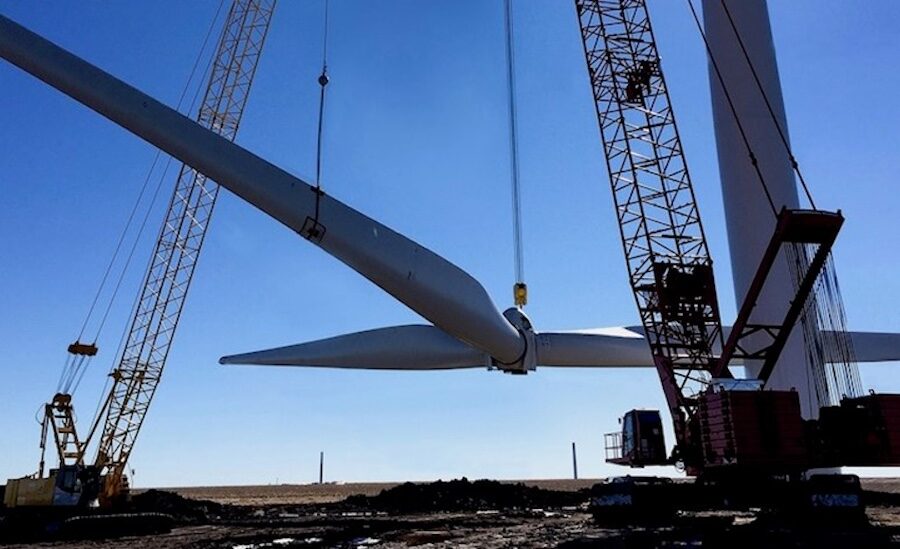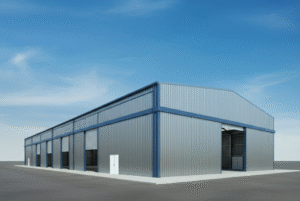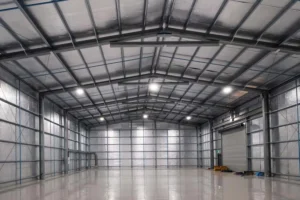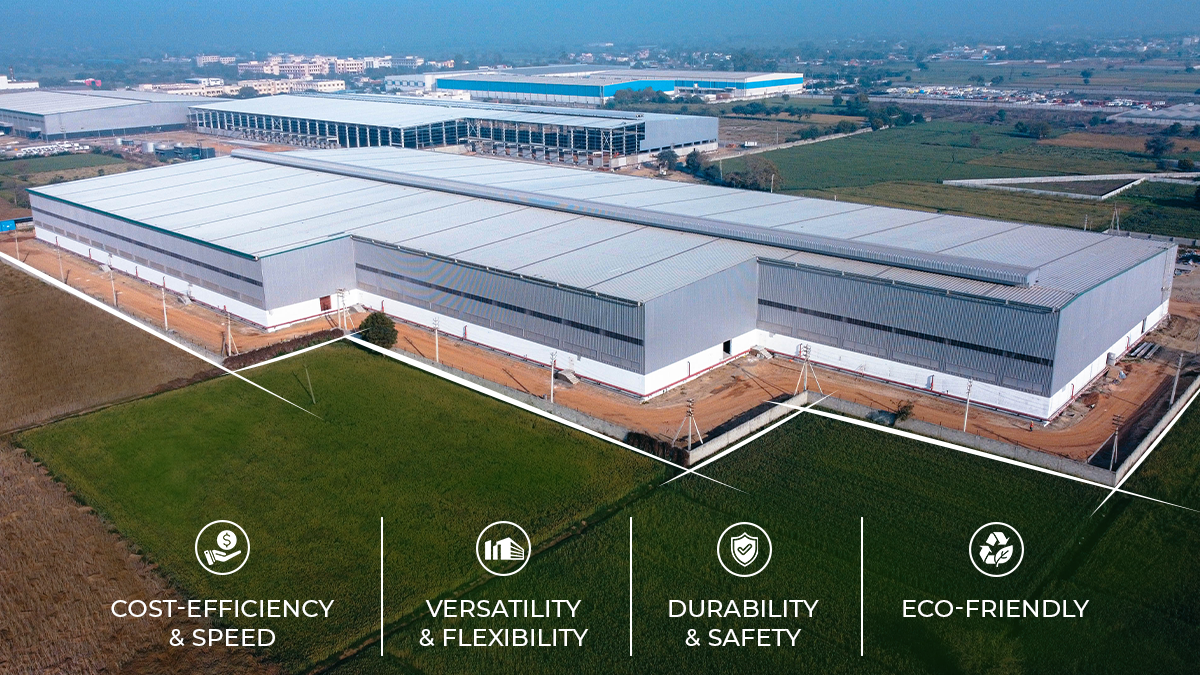
Texas Legislature Fails to Pass Bills Set to Restrict State Clean Energy Growth
[ad_1]

Multiple proposals by Texas lawmakers who aimed to restrict renewable energy use and development in the state failed to pass in the state legislature that ended June 2, allowing numerous active and planned solar, wind and battery projects to continue unfettered, at least for now.
The bills—all of which were approved by the Texas state Senate, but then stalled in the House of Representatives—were backed by interests opposed to continued renewable energy development in the state, even at a time when electricity demand is soaring. One measure would have imposed specific permitting and setback requirements for new wind and solar projects, while another would have limited the state’s growth of new renewable energy capacity to that of natural gas power, which itself is currently curtailed by a global shortage of turbine components.
The bill that attracted the most criticism would have mandated expensive battery or natural gas backup power systems for all existing and future state wind and solar plants when not in operation—a requirement that business and trade groups found too costly for comfort, especially as Texas competes for energy-hungry industries such as artificial intelligence and semiconductor production.
These concerns were amplified by a study commissioned by the Texas Association of Business and released during the legislative session that forecast a 14% increase in power prices in the state, if renewable energy expansion was curtailed. In addition, the report found that the loss of new capacity from renewables would further burden the state’s largely standalone power grid that has proven vulnerable to failure during extreme weather events.
Judd Messer, Texas vice president of the Advanced Power Alliance, a renewable industry trade association, credits the bills’ eventual failure to recognition by House members that sustaining the state’s current economic boom requires every affordable megawatt available, regardless of how it’s generated.
“These legislators recognized renewable power for what it is: a vital part of the Texas economy, particularly in rural communities,” he adds.
New Projects Power Up
The past two decades have seen Texas evolve into a powerhouse of renewable energy development. Last year, according to the U.S. Energy Information Administration, wind and solar farms in Texas combined to generate more than 169,000 gigawatt hours, more than any other state.
The pace of growth continues to accelerate. Renewable market monitor Cleanview reports that in 2025, energy developers in Texas expect to add 11.5 and 2.6 gigawatts of new solar and wind capacity, respectively. Texas is also a top market for battery projects, with 2.8 megawatts already on line and another 7 gigawatts to be added this year.
Among projects recently completed or underway are the 600-MW Hornet Solar in Swisher County, and the 284-MW Stillhouse Solar, being developed by Matrix Renewables and SOLVEnergy in Bell County. Later this year, developer RWE plans to begin construction on a 200-MW solar project in Bastrop County.
Hybrid projects combining renewable generation with battery storage in Texas include Clearway Energy Group’s 300-MW Pine Forest solar farm and 200-MW standalone storage facility in Hopkins County, and Enel Green Power’s Azure Sky in Throckmorton County, which will combine a 350-MW wind farm with 180 megawatt-hours of battery storage.
Despite the anticipated capacity provided by these and other projects currently in the renewables pipeline, Messer worries that political efforts to undermine the competitiveness of these resources are likely to resurface when the Texas legislature convenes again in 2027, if not sooner.
“Clean energy has become such a political flashpoint that a small band of lawmakers are willing to abandon the very principles they typically champion—protection of private property rights and free enterprise—not out of conviction, but out of political antagonism,” he says.
Unable to challenge renewables’ increasing reliability and affordability, Messer adds, “opponents have shifted the debate to peripheral concerns such as aesthetics or unfounded claims about impacts to wildlife and habitat—a trend that, unfortunately for all Texans, is likely to persist.”
That threat, combined with the prospect of an end to federal clean energy tax incentives, could cloud the state’s long-term renewable energy prospects.
“It’s not just developers paying attention to legislative activity,” Messer says. “So are financiers, offtakers and other project partners. The recent regulatory uncertainty has rattled many of them, and understandably so—we came dangerously close to seeing damaging bills become law. That uncertainty alone can chill investment and delay or derail projects, affecting not just development but also engineering and construction activity across the sector.”
[ad_2]
Source link
Post a Comment
You must be logged in to post a comment.






